Iron-clay body is a major characteristic of Tenmoku teacups.
During firing, it is necessary to use the unique mud of Shuiji Town as the body material, and this type of mud has a high iron content, which enables the firing of the unique Jian kiln style.
At the same time, whether a Tenmoku teacup has an "iron-clay body" or not is a criterion for many novice enthusiasts to judge the authenticity of Tenmoku teacups.
1.
How to test for an iron-clay body?
Usually, a magnet is used to test the attraction effect, but it is worth noting that it must be a "neodymium magnet" and not all magnets can be used.
At the same time, the size of the magnet should be moderate. If it is too large, it will be too heavy, and if it is too small, the suction force will be insufficient, and the effect will not be obvious.

In the video, we can see that most Tenmoku teacups can be attracted by the magnet.
2.
However, sometimes there may be reasons why the magnet cannot attract the teacup, and some of them may even come from the same master.
Does this situation indicate that the teacup is fake?
(Note: excluding those fake Tenmoku teacups made with white porcelain or yellow mud body)
Regarding this point, we need to discuss the manufacturing process of Tenmoku teacups.
Porcelain is divided into "reduction firing" and "oxidation firing", which are the two major turning points in ceramic firing, representing two completely different concepts.
3.
The difference between reduction firing and oxidation firing:
During firing, in addition to the products being fired, the rest of the space inside the kiln will be filled with gas, mainly oxygen.
Oxygen is an important variable during firing, as it can aid combustion. If we add enough oxygen into the kiln during firing to promote complete combustion, it is called "oxidation firing".
On the contrary, if the kiln is intentionally deprived of oxygen, and the kiln fire extracts oxygen from the clay body and glaze, it is called "reduction firing".
The firing method for Tenmoku teacups is "reduction firing".
4.
The various patterns on different Tenmoku teacups are achieved through this type of control.
The reduction level of different patterns on Tenmoku teacups varies, resulting in different body colors and magnetic strengths for different patterns.
Therefore, whether the iron tire of a Tenmoku can be attracted by a magnet can be one way of reference, but it cannot be judged as genuine or fake based solely on the "strength of the magnetic force".
On the other hand, if the base of the Tenmoku can be attracted by a magnet, then it must be a Tenmoku.
Tenmoku has a history of more than 800 years, and it is rare and fortunate that it has been successfully restored and listed as intangible cultural heritage for protection and inheritance.


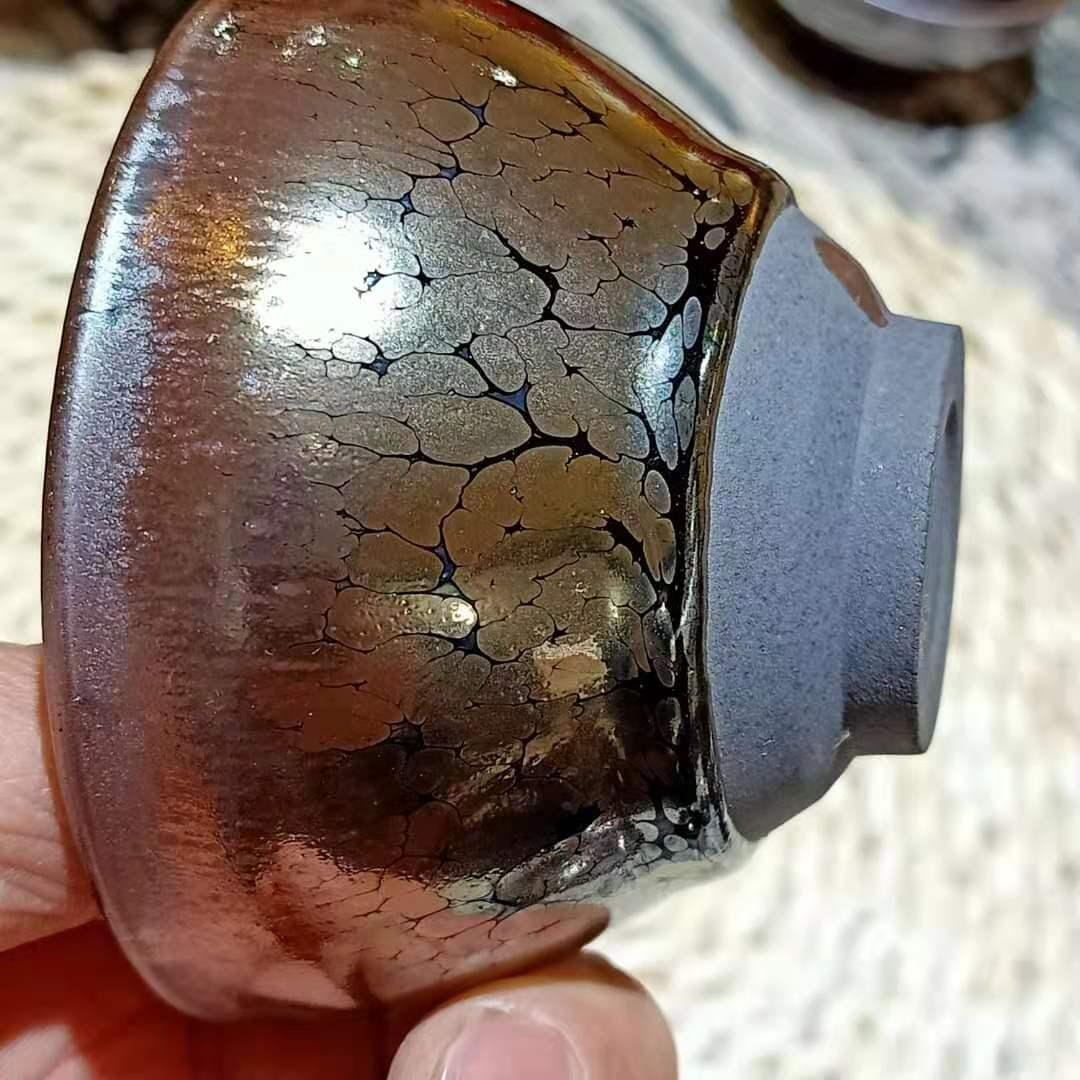
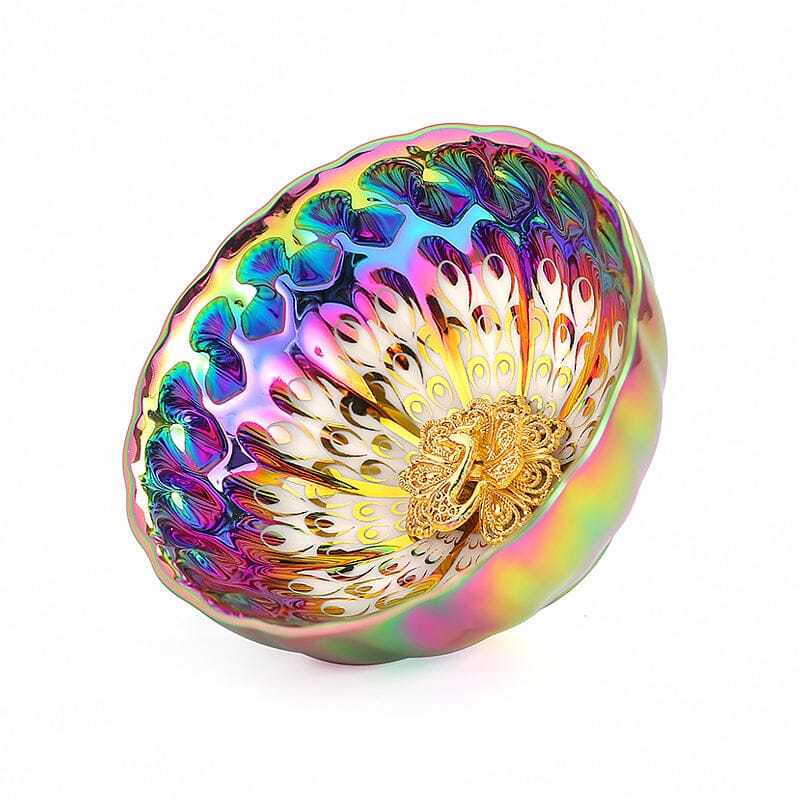


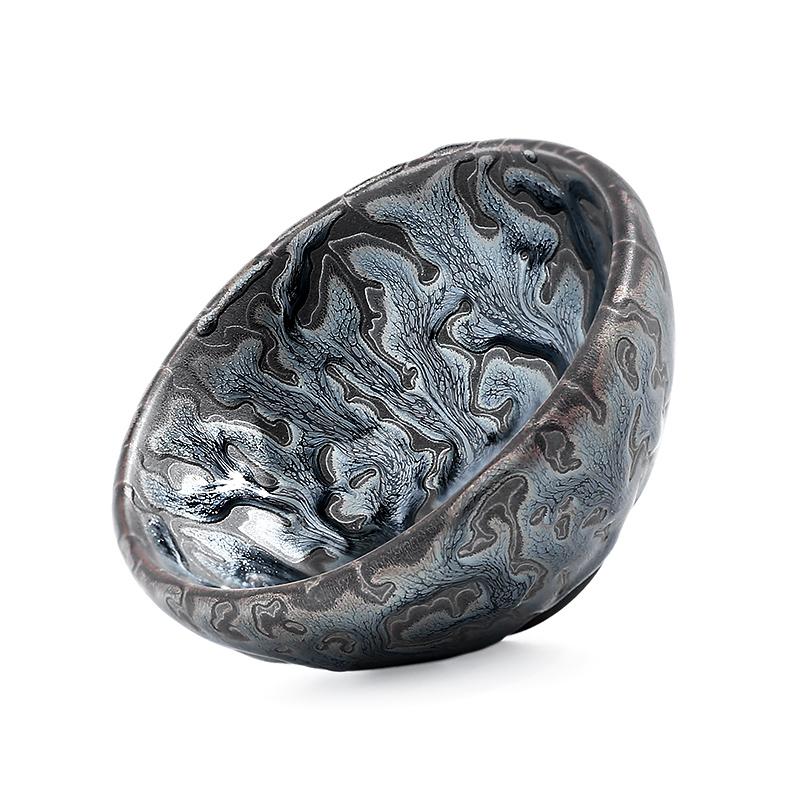
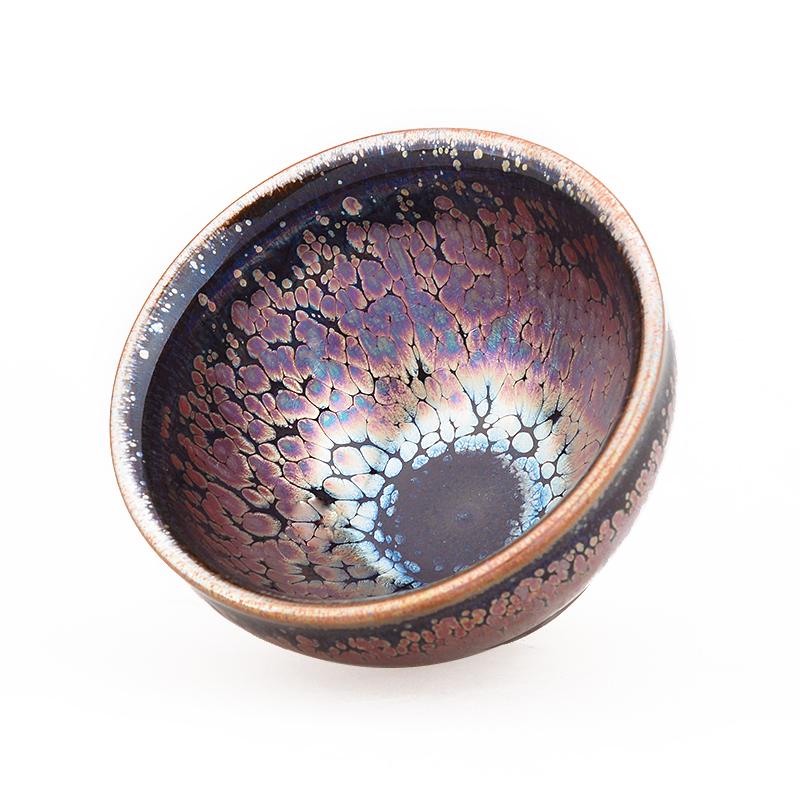
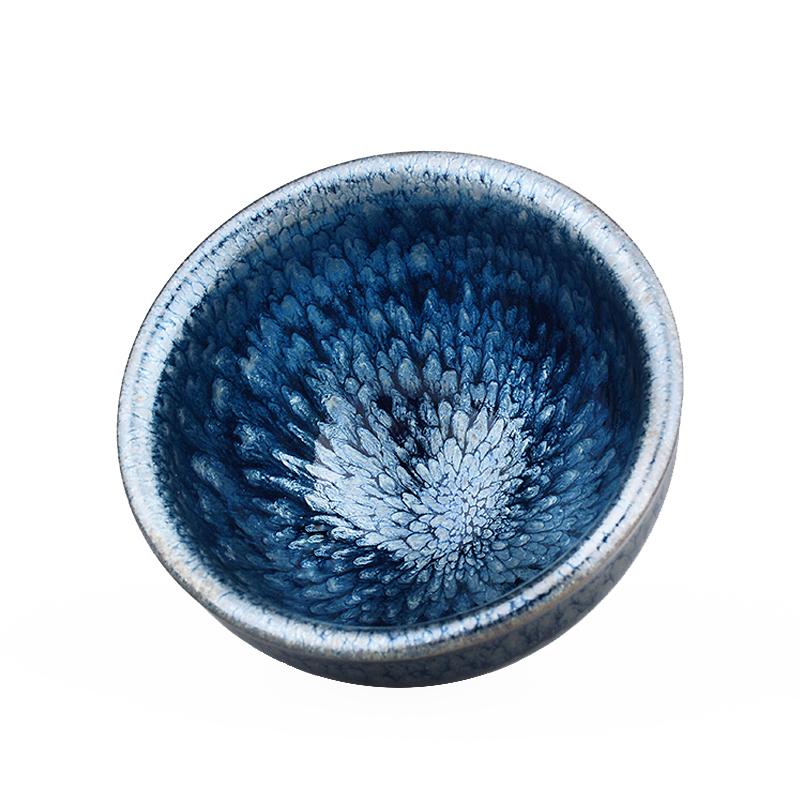
Share:
Explaining the secrets of building a Tenmoku glazed surface
What is the Tenmoku cup's "gan kou"? Is it worth collecting?